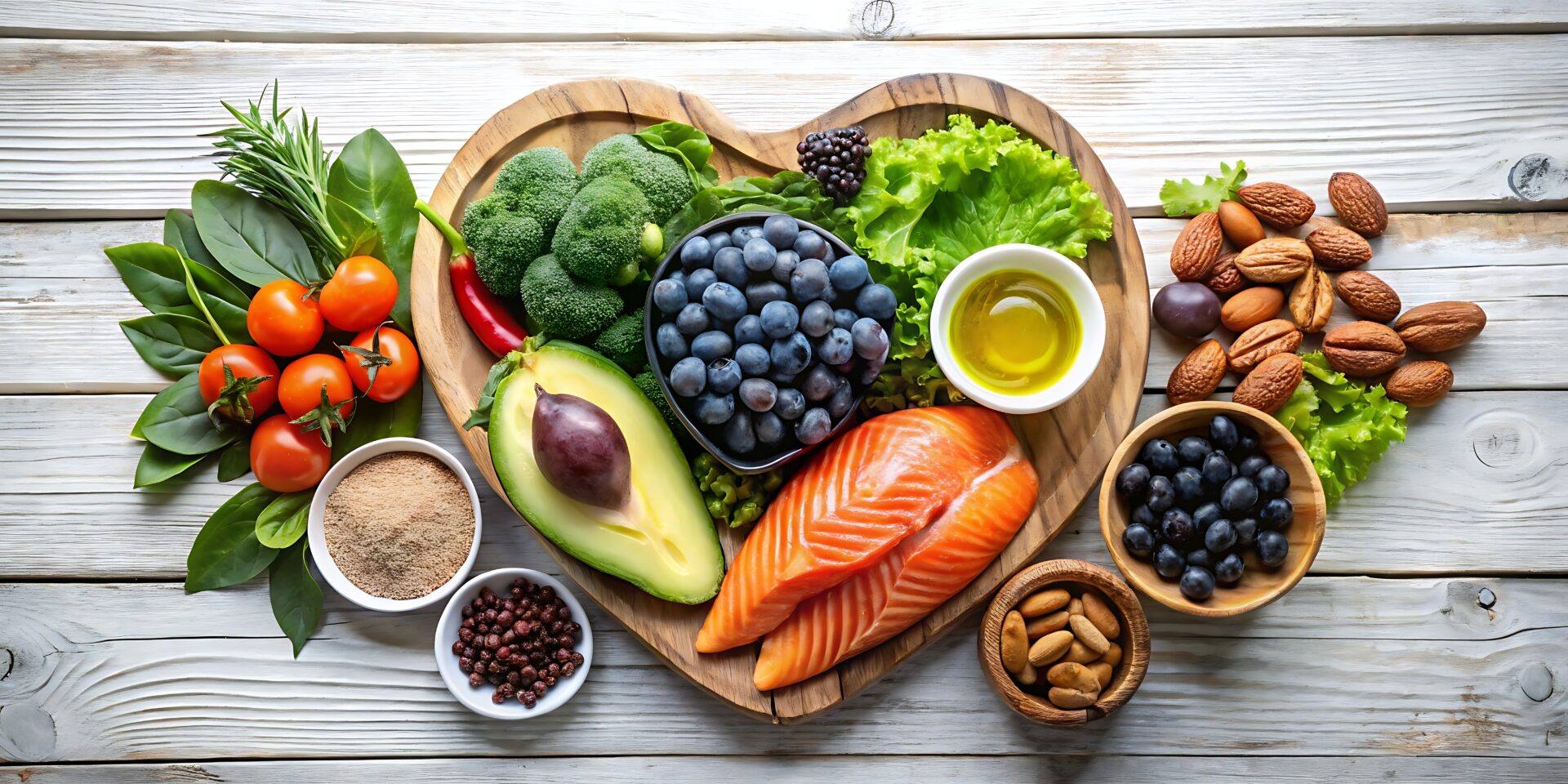Fueling for Heart Health

Nutrition is not a clear-cut science, though online videos can make it seem that way. I tell my patients that foods are not inherently “good” or “bad,” and I avoid labeling foods as “healthy” or “unhealthy.” I strive not to demonize individual foods, for a number of reasons, and steer away using dramatic words like “toxic.” That being said…
Trans fat is toxic. Trans fat is bad.
Let me back up a step before I over-do the drama and provide a little background on trans fat. It is an industrial ingredient found in ultra-processed foods. Trans fat starts as an inexpensive, low-quality liquid oil that is then chemically treated with hydrogen gas to create a solid fat often used in baking, frying, or in frostings and food coatings. It gives foods a long shelf life and a great texture, tender and flaky, like many foods made with butter.
Trans fats are most commonly found in fried foods, shortenings, margarine, cakes and cookies, pre-made frostings, fast foods, and some chips. Other common sources include some microwave popcorn, prepared frozen bread and pizza doughs, and commercial pie crusts and pastries.
What makes it so bad? The chemical treatment process turns trans fat into a powerful substance affecting our bodies at the genetic level. Trans fat increases LDL (“bad”) cholesterol, decreases HDL (“good”) cholesterol, and worsens chronic inflammation. Trans fat promotes atherosclerosis, or the build-up of plaques inside our blood vessels, which increases the chance of a heart attack or stroke. It also raises the risk of some cancers and increases the risk of developing type 2 diabetes.
Given the proven health risks of trans fat, why do food manufacturers use it? It’s cheap, gives foods a dense and rich texture, and is very stable, so their packaged treats can sit on the shelf for years without going bad.
The good news is there are ways we can avoid most trans fats. The first step is to minimize the amount of fried foods, fast food, and low-quality baked goods you eat. An all-butter cookie from Mom? On occasion, great! A sheet cake from the bakery at the chain grocery store down the street? Probably not the best option. And, as much as I love donuts, they are both fried and made with a cheap commercially prepared dough, so definitely not a good choice.
The second step is to read the Nutrition Facts label and ingredient list. Trans fat content is listed on the Nutrition Facts label (in the total fat section under saturated fat) – look for zero grams. Food manufacturers are not required to label trans fats under half a gram per serving, however, so also check the ingredient list for the words “partially hydrogenated” or “hydrogenated.” If you see those, step away from the snack cake and find another option. Can I tempt you with an apple or some carrot sticks?
Nutrition may not be simple, but one thing is pretty straightforward: avoid trans fat. It’s one of the few foods I’ll call “bad.” Your heart (and your cardiologist) will thank you.
Bret Sarnquist MPH RDN LDN, Registered Dietitian at Tahoe Forest Wellness. Besides snacking on carrots and attempting to avoid donuts, he also loves crosswords, running long distances, and going to bed early. Tahoe Forest Wellness offers one-on-one nutrition counseling and a variety of group classes in Truckee and Incline Village.
- * Featured
- Anniversary
- Board of Directors
- CA Office of the Governor
- Children's Health
- COVID-19
- Employee Highlights
- Gene Upshaw Memorial Tahoe Forest Cancer Center
- Health & Wellness
- Health System Foundation - Giving
- Incline Village Community Hospital
- Informational Brochures & Guides
- Nevada County Public Health
- Orthopedics
- Patient Success Stories
- Stay Healthy: Facts About COVID-19
- Tahoe Forest Health System
- Women's Health




